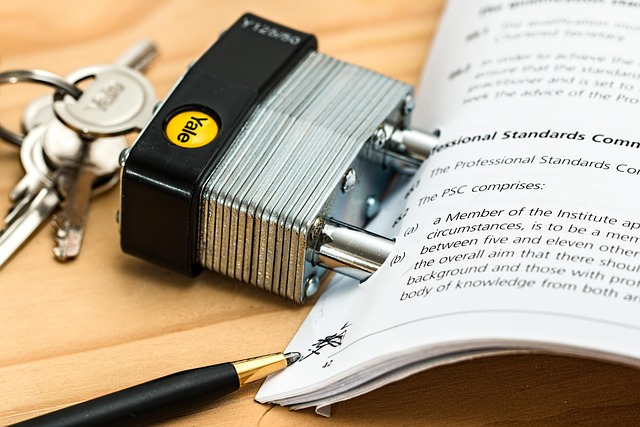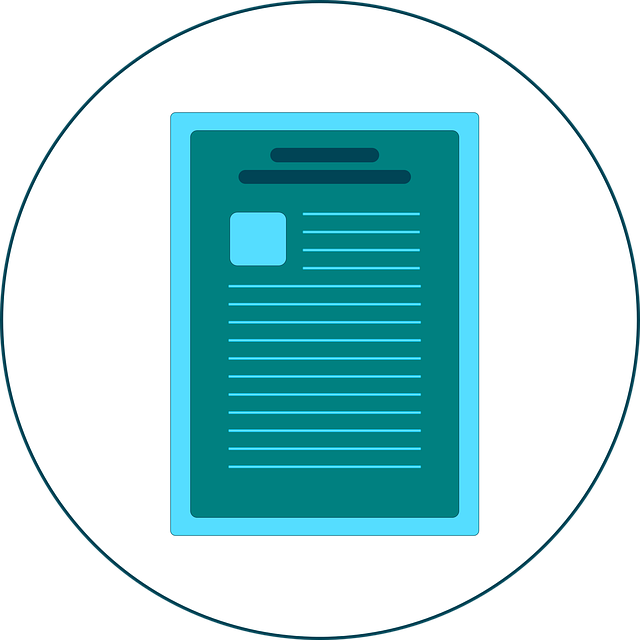Understanding rental contract terms is crucial for student renters. Key aspects include lease duration, renewal/break clauses, rental rates, and payment methods. Students should also focus on property rules, maintenance responsibilities, utility billing, subletting policies, and termination procedures. By reviewing these terms, students can ensure a smooth living experience, protect their rights, and maintain a good relationship with their landlord.
Navigating a lease agreement can be daunting for student renters, but understanding key rental contract terms is essential. This guide breaks down the basics to ensure you’re informed before signing your next student lease. We’ll explore critical components, from defining lease periods and rent amounts to outlining maintenance responsibilities and termination clauses. By knowing what to look for in a student lease agreement, you can protect your rights and make an informed decision.
- Understanding Key Rental Contract Terms
- What to Look For in a Student Lease Agreement
- Your Rights and Responsibilities as a Student Tenant
Understanding Key Rental Contract Terms

When entering a lease agreement, understanding key rental contract terms is essential for student renters. These include the duration of the lease, which could be for one academic year or longer, and the rent amount, often due monthly. It’s crucial to clarify any additional costs, such as utilities or parking fees, that are not included in the base rent.
Rental contracts also detail the expectations regarding maintenance and repairs. Students should know who is responsible for routine upkeep and major fixes. Terms related to subletting and guests might apply, too, restricting or permitting these activities under specific conditions. Familiarizing yourself with these rental contract terms empowers students to make informed decisions and avoid potential issues during their tenancy.
What to Look For in a Student Lease Agreement

When reviewing a student lease agreement, it’s crucial to pay close attention to several key aspects. Firstly, understand the duration and start/end dates of the tenancy. This includes any clauses about renewing the lease or breaking it early. Secondly, review the rental rates, payment methods, and due dates carefully; ensure you grasp any additional fees or charges that might apply.
Additionally, familiarize yourself with the property rules and restrictions. Look for details on maintenance responsibilities, both as a tenant and landlord. Check if utilities are included in the rent or billed separately. Pay attention to subletting policies—some agreements may restrict or permit this practice under specific conditions. Lastly, review the termination clauses, understanding the procedures and notice periods required for moving out.
Your Rights and Responsibilities as a Student Tenant

As a student tenant, understanding your rights and responsibilities is crucial for a smooth living experience. When signing a lease agreement, pay close attention to the rental contract terms that outline expectations from both you and your landlord. These include regular rent payments, maintaining the property, and communicating any necessary repairs or maintenance. You have the right to live in a safe, habitable space, free from health and safety hazards, and your landlord must provide timely responses to requests and concerns.
Your responsibilities also extend beyond rent payments. This includes keeping the premises clean and tidy, respecting noise levels, and ensuring that you or any guests do not cause damage to the property. Familiarize yourself with rules regarding subletting, pets, and visitors to ensure compliance. Knowing your rights and duties empowers you to navigate the rental process confidently, fostering a positive relationship with your landlord.






